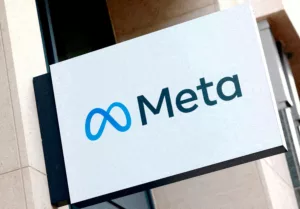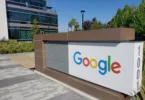The recovery in the advertising sectors of Google, Meta, and Snap indicates that the increasing utilization of artificial intelligence is attracting marketers to digital platforms, even in an uncertain economic climate.
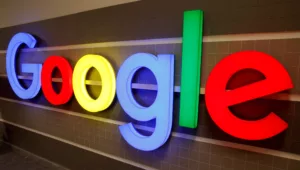
A lit Google logo is visible within the confines of an office building in Zurich, Switzerland, as of December 5, 2018.
All three companies exceeded their quarterly revenue forecasts this week and reported favorable performance metrics for their advertising operations.
Philipp Schindler, the Chief Business Officer at Alphabet’s Google, stated, “AI is aiding advertisers in reaching the maximum number of people and their target audience at the most cost-effective price.”
The company has been significantly investing in technology, including tools like Performance Max, which utilizes AI to determine the allocation of marketing budgets across Google’s advertising network.
Schindler noted that the retail sector showed notable strength in the July–September timeframe. He mentioned that the company has initiated preparations for a prolonged holiday season, assisting retailers in providing deals to consumers who are increasingly focused on both price and convenience.
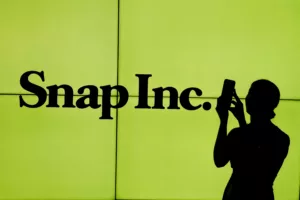
On March 2, 2017, a woman stands in anticipation in front of the Snap Inc. logo on the floor of the New York Stock Exchange (NYSE) in New York City, New York, U.S., as she awaits the posting of Snap Inc.’s initial public offering (IPO).
Alphabet reported a 9.5% increase in ad revenue for the July–September period, surpassing Wall Street’s expectations. Their YouTube advertising division experienced a 12% growth in revenue.
Meta, which noted a 31% rise in ad views in the quarter compared to the previous year, expressed its intention to make substantial investments in AI for the coming year. Although the average ad price decreased by 6%, the rate of decline was the slowest in the last seven quarters.
Facebook and Instagram, both owned by the same company, have increasingly relied on marketing planning and ad measurement features driven by artificial intelligence (AI) in recent years to fuel their expansion. This shift was prompted by privacy adjustments led by Apple (AAPL.O), which limited their capacity to utilize personal data for ad targeting.
The company is currently introducing tools that utilize generative AI to produce various versions of advertising campaigns.
Analysts from RBC have noted that Facebook/Instagram’s tools for campaign creation are significantly quicker and more user-friendly compared to those of smaller competitors like Snap. This could provide Meta with a competitive advantage.
Snap’s efforts to enhance its ad-targeting tools with technology have also yielded positive results, as seen in the increase in average revenue per user during the third quarter.
Analysts believe that the advertising market’s recovery is progressing as expected, primarily driven by spending from retail companies. They identify Google and Meta as the most likely beneficiaries.
The larger platforms, such as Meta and Google, are expected to initially lead the growth in ad spending share in this recovery, according to analysts at Evercore ISI. These companies are considered more resilient to uncertainties stemming from geopolitical conflicts, such as the situation in the Middle East, due to their broader reach, which consistently attracts advertisers.
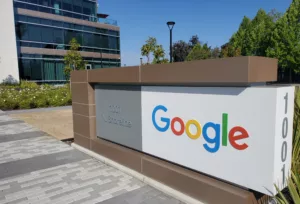
A sign is displayed outside a Google office located near the company’s headquarters in Mountain View, California, U.S., on May 8, 2019.
Nonetheless, Meta’s Chief Financial Officer Susan Li mentioned that the company detected a decline in ad spending at the beginning of the fourth quarter, which appeared to be linked to the Israel-Gaza conflict.
In the previous month, media research and investment firm Magna raised its U.S. ad spending growth forecast for calendar year 2023 to 5.2%, up from 4.2%. They also anticipate a 9.6% increase in digital ad sales during that period.
Reported by Samrhitha Arunasalam, Aditya Soni, and Yuvraj Malik in Bengaluru, along with Katie Paul in New York. Edited by Sriraj Kalluvila, Sayantani Ghosh, and Muralikumar Anantharaman.


